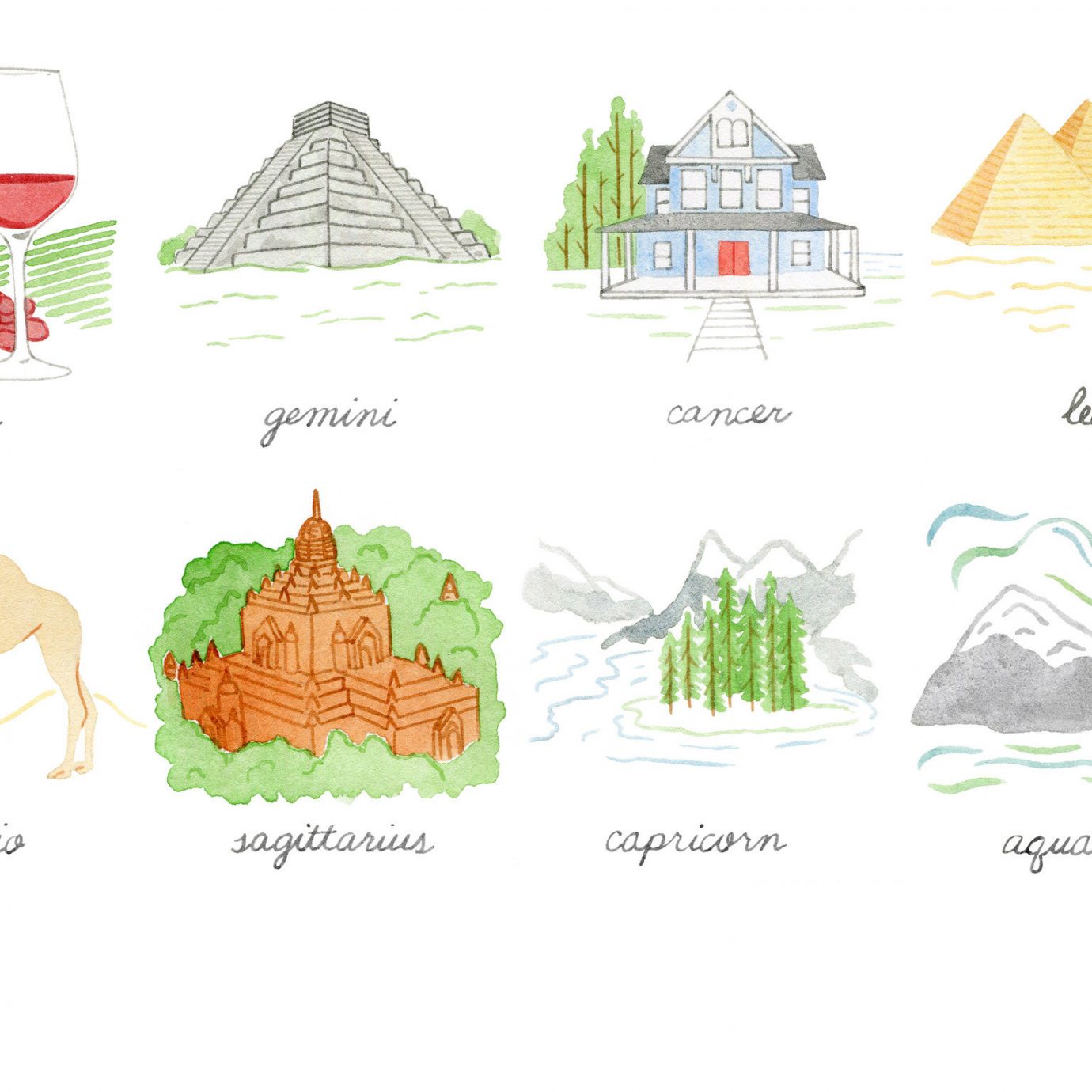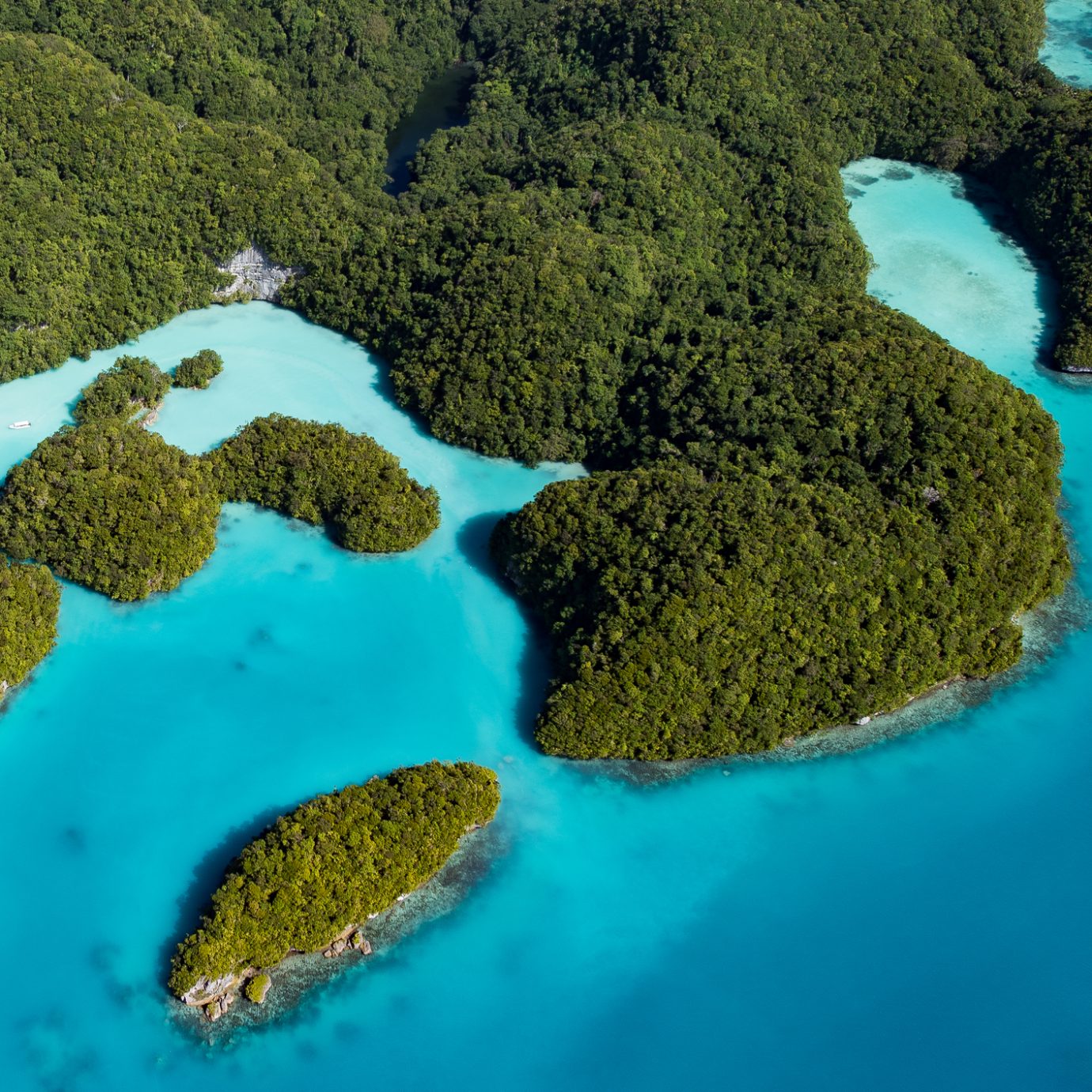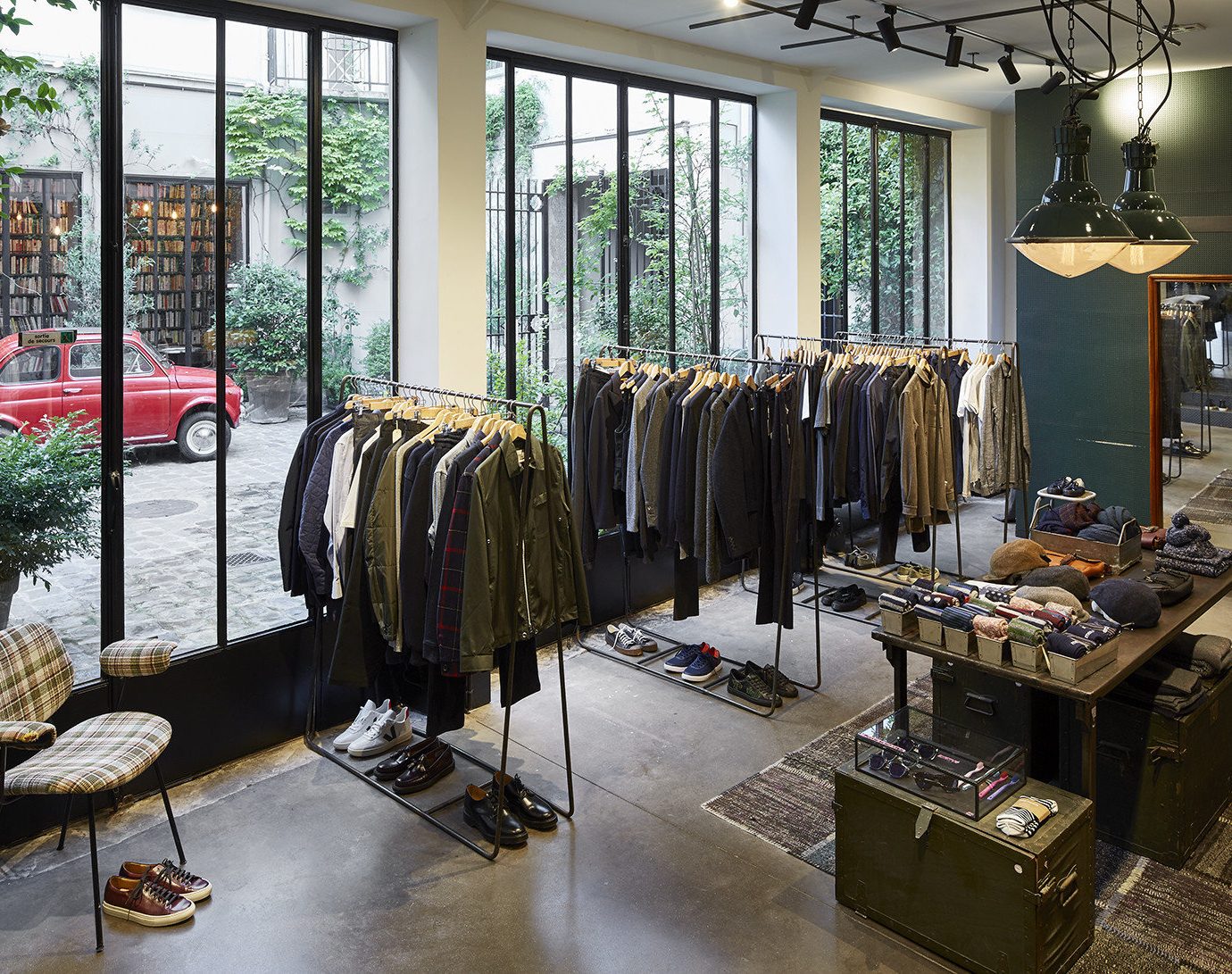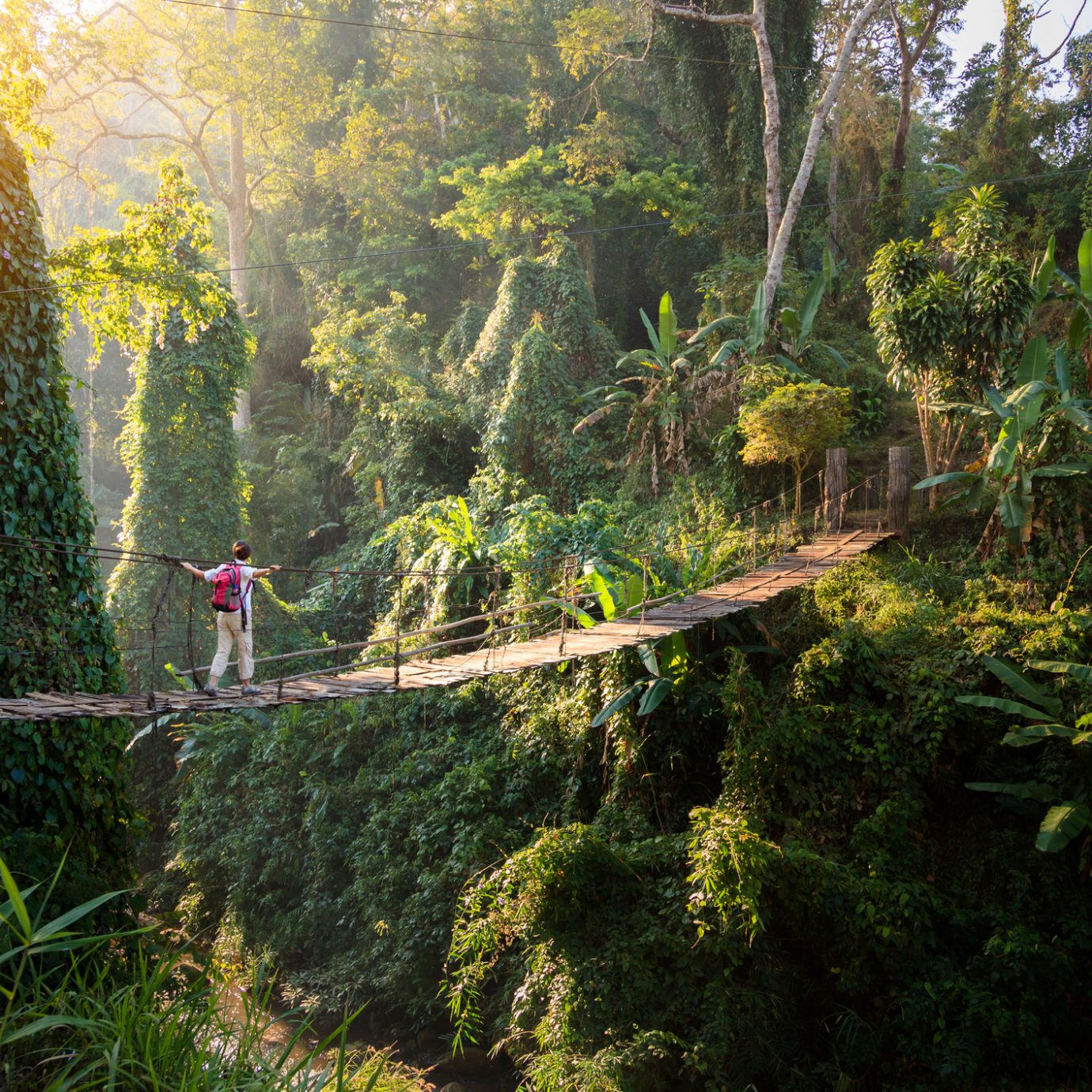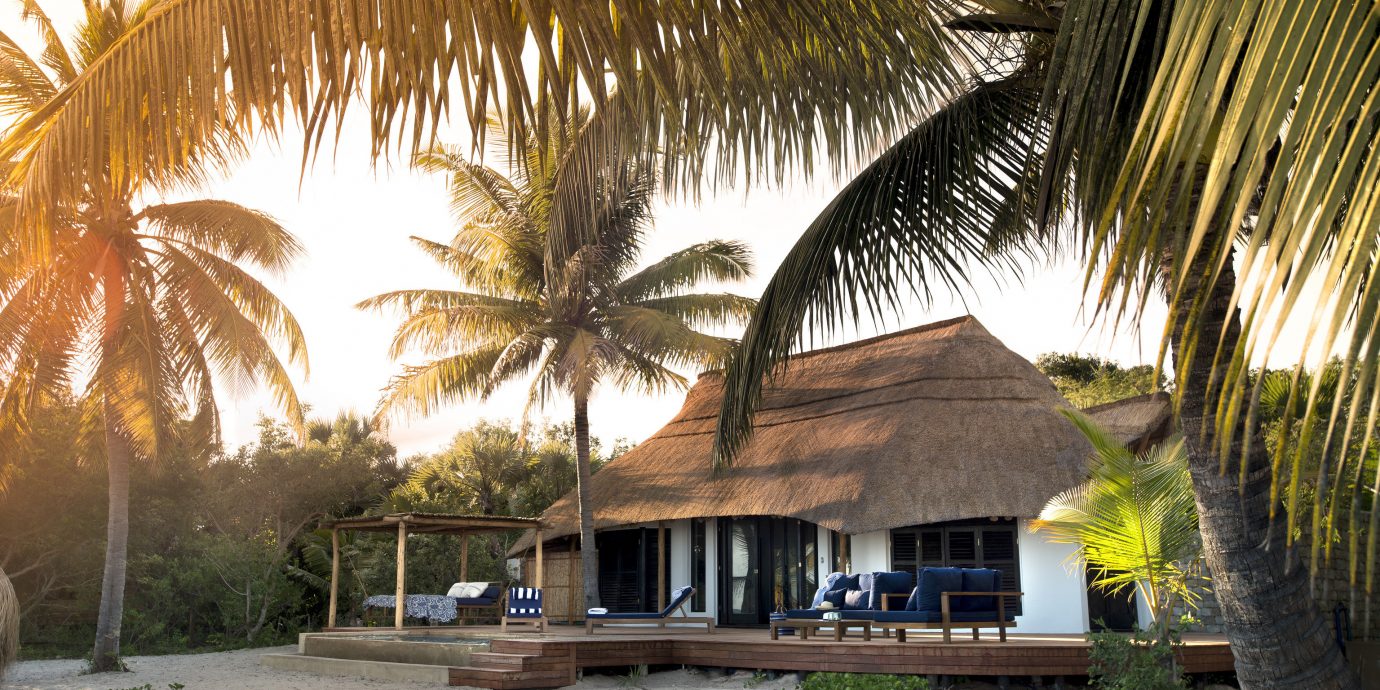
The Best and Worst Travel Trends in 2017
This year has brought a lot of highs—and lows—in travel. Female-focused tours and gourmet airline menus (finally, an end to peanuts and pretzels!) are some of the things we’re most thankful for. But drawbacks such as shrinking airplane seats and restrictive travel policies prove that we still have a long way to go. Here, the eight travel trends we’ve loved (and loved to hate) in 2017.
Chelsea is Brooklyn-based travel writer, editor, and photographer. When not home eating her way through NYC, she's gallivanting across the globe, sailing the coast of Croatia or hiking the peaks of Peru. Her superpowers include booking flight deals and sleeping in small plane seats.
What we loved:
Womens’ Travel
The future is female, people, so we’re not too surprised that female-focused tours soared in 2017. In fact, the number of women-only tour companies has increased by 230 percent while 72 percent of American women have tried traveling solo. Just don’t expect these excursions to involve decadent spa treatments and endless hours by the pool. These trips are all about high-thrills with outfitters like Wild Women Expeditions, Outessa, Women’s Adventures by REI, Living Big, and WHOA offering far-flung excursions that include horseback riding in Mongolia, hiking Machu Picchu, and sea kayaking in South Africa. JS Tip: Check out newcomers like Damesly, Explorer Chick, and Fit & Fly Girl, which are skyrocketing in popularity.
Transformative Travel
Transformative travel is probably one of the best trends to come out of 2017 (IOHO). It’s all about reflecting on our cultural and environmental impact—beyond LEED-certified hotels—to focus on heritage site preservation and wildlife conservation, with companies like Singita and Natural Habitat Adventures providing travelers with first-hand experiences. We all know this year was marked by a wave of natural disasters. The silver lining: an uptick in “voluntourism,” a segment of transformative travel that combines vacation days with community service, in an effort to help rebuild affected areas and boost the economy. In the wake of Hurricane Irma and Maria, the Puerto Rico Tourism Company, for example, worked with travel programs, such as Local Guest and Global Works Travel, to provide recovery aid to hard-hit towns on the island. Lets hope this movement sticks.
Gourmet airplane food
There’s nothing worse than overpaying for a flight and getting, well, peanuts. Thankfully, U.S. airlines have seriously upgraded their menus in their premium and business classes (sorry, economy riders). Delta teamed up with Danny Meyer’s Union Square Hospitality Group to serve its premium classes plates like grilled filet mignon and Gulf shrimp with lemon polenta, while United now offers five-course fine dining—complete with a cheese course and a three-tier sundae cart—in its business class. JetBlue’s first class passengers can tuck into sous-vide meals (such as fontina gnocchi with black truffle crostini) and sweet treats from Milk Bar. American Airlines also overhauled its premium cabin menus by tapping Hawaiian chef Sam Choy for Hawaii routes, Chopped celeb chef Maneet Chauhan for its outbound international trips, Michelin-starred British chef Mark Sargeant for its European journeys, and Italian food specialist Julian Barsotti for domestic travel. So yes, we’ll pass on those pretzels and pre-made meals, thank you very much.
Digital Nomadism
2016 was all about bleisure: the idea of mixing business with pleasure by adding vacation days onto the end of work trips. But 2017 was all about Digital Nomadism. As rigid 9-5 office jobs shifted to flexible schedules and online opportunities, more and more employees were taking it a step further. These so-called digital nomads log on from virtually anywhere around the world—as long as there’s WiFi, of course. A Gallup survey published earlier this year revealed that 43 percent of Americans spent at least some time working remotely. So what does this mean for Jetsetters everywhere? That we have more time to see the world and less time chained to our desks. Jumping on this trend: Unsettled, a startup that hosts 30-day co-working retreats for professionals, Hacker Paradise, an organization that arranges trips for tech entrepreneurs, and Remote Year, a group of creative types who travel and live in a different city each month. Who wouldn’t want to trade the boring cubicle for a beach bungalow in Thailand or a coffee shop in Copenhagen?
What we’re so over:
Shrinking airplane seats
Just when we thought space couldn’t get any more squished on planes, American Airlines created a Last Class category and Delta debuted Basic Economy seating. Yes, the prices are low, but they come at a cost—think: unassigned seats, no itinerary changes or refunds, less legroom, and in United Airlines’ case, a fee to put carry-ons in the overhead bins. The cramped conditions are so bad that the U.S. Court ordered the F.A.A. to revisit what a federal judge called “the Case of the Incredible Shrinking Airline Seat.” Besides being a safety concern, we can’t imagine how uncomfortable those rows must be for the average six-foot-tall American, especially on a longhaul flight.
Ever-changing travel regulations
In 2017, the headlines were dominated by Trump’s controversial travel bans. It started in March with the laptop ban, which prevented airplane passengers from carrying on any electronics larger than a phone, including iPads, Kindles, cameras, etc. After much debate, officials from the European Union and U.S. Department of Homeland Security eventually overturned the measure in July. Then came Cuba: In November, Trump cracked down on travel regulations by blacklisting 87 hotels, and eliminating the people-to-people educational visas, so Americans can only visit the island if they’re accompanied by a government-approved tour guide. And on December 4—following a year of civil rights protests and lawsuits—the Supreme Court allowed the third version of Trump’s travel ban to go into effect. North Korean residents, Venezuelan government officials, and citizens from six Muslim-majority nations, including Iran, Libya, Syria, Yemen, Somalia, and Chad, will now be barred from entering the United States. This week, federal appeals courts will determine if this most recent iteration should be legalized.
The industrial-chic design that’s still everywhere
You know the look: reclaimed blond wood furniture, Edison bulbs, exposed brick, a chalkboard with today’s specials scribbled in sloppy handwriting. It’s not that we hate it outright; it’s just that this particular industrial-chic design has completely taken over. You see it everywhere in coffee shops, hotels, and boutiques from Bangkok to Berlin and Seoul to San Francisco. If we really want to #liveauthentic, then why do we want the same look everywhere we go? Oh, and don’t even get us started with the millennial pink craze that took restaurants by storm. We’re over it, people.
Made-for-Instagram museum exhibits
Okay, we get it—everyone wants a flawless feed. But an influx of photogenic exhibits are verging on becoming “selfie factories,” where people care more about the Insta than the art. These social media sensations include the Museum of Ice Cream and its sprinkle pit, the Color Factory pop-up gallery, and 29Rooms, a visual funhouse of lights, glitter, and graphic wallpaper (there’s even a human snow globe). Meanwhile, world-renown artists like Yayoi Kusama, famous for her Infinity Mirror rooms and polka dot works, are being grouped together with these made-for-Insta installations. Tickets to the shows sell out in minutes, and people line up for hours (sometimes a whole day) to get 30 seconds in each room to snap the perfect shot. Maybe, just once, it’s best to leave the phone at home.
Want More?
- The Best Holiday Gifts for Women
- 7 Destinations That Are Safer Than You Think
- The World’s Most Spectacular Safaris
Comments
All products are independently selected by our writers and editors. If you buy something through our links, Jetsetter may earn an affiliate commission.
Become a Jetsetter.
Use our insider connections to know where to go and what to do.
By proceeding, you agree to our Privacy Policy and Terms of Use.
Thanks for Signing Up!

